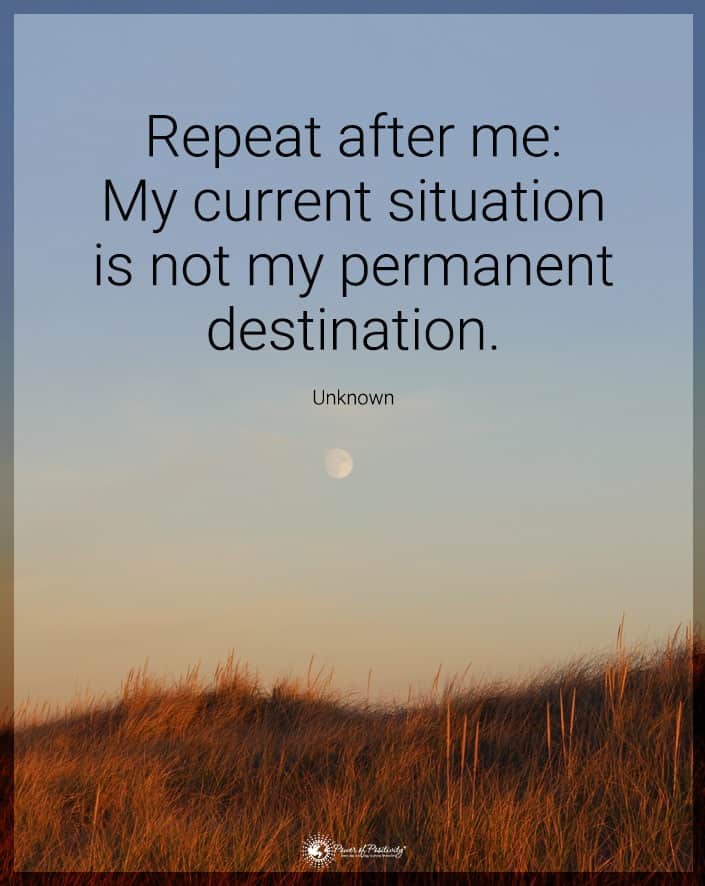Strong women have an important role in our lives as mothers, teachers, sisters, lovers and more, and we are so thankful for everything that we’ve learned from them. Whether you had a strong mother who showed you unconditional love or a strong female role model who helped you to find yourself, most of us know a woman who had an impact on our lives. Here are ten wonderful things that you can learn from having a strong woman in your life.
10 Things You Can Learn From A Strong Woman

1. A strong woman will teach you courage.
‘Avoiding danger is no safer in the long run than outright exposure. The fearful are caught as often as the bold.’ – Helen Keller
If you are able to stand strong in the face of danger, you probably have a strong supportive woman to thank at least in part for showing you what courage is. Mothers show us that we are still secure as we step away from them and they also show us how to dust ourselves of after a fall and try again.
2. A strong woman will teach you to love yourself.
‘It’s not your job to like me, it’s mine.’ – Byron Katie
Self-love is a skill that will take you far in your life. If you can love, respect and forgive yourself, you probably have a strong woman to thank who taught you to love yourself.
3. A strong woman will teach you to be independent.
‘I think the girl who is able to earn her own living and pay her own way should be as happy as anybody on Earth. The sense of independence and security is very sweet.’ – Susan B. Anthony
As you already read in our article 9 Things Never to Say to a Strong Woman, there are some things that an independently minded woman does not want to hear from you, for example ‘You can’t do that.’ Strong women can do anything that they set their minds to and if you believe that about yourself, you may have learned that from another strong woman.
4. A strong woman will teach you to choose kindness.
‘Kind words are short and easy to speak, but their echoes are truly endless.’ – Mother Teresa
There is a tradition in Chinese Buddhism called ‘filial piety’ which is the ‘virtuous act of being good to one’s parents; being respectful and courteous to one’s parents in honor of realizing and repaying one’s parents’ immense kindness and love for their child.’ The idea of repaying your parents and especially your mother or other strong female role models for their support is an attitude of gratitude that other cultures can embrace as well.
5. A strong woman will teach you how to trust your gut.
‘Never apologize for trusting your intuition. Your brain can play tricks, your heart can be blind, but your gut is always right.’ – Rachel Wolchin
Intuition will take you far in your life if you learn to hear what your gut is telling you. Women are tuned into when their inner Spidey Senses are tingling. If you can trust your gut, you probably have a strong woman to thank for learning this ability.
6. A strong woman will teach you to be a mother to others.
‘A woman is the full circle. Within her is the ability to create, nurture, and transform.’ – Diane Mariechild
The female role models that you’ve had have shown you how to demonstrate caring for others with your actions. Even if you are not a parent yourself, thanks to a strong woman you know how to embrace other people, support them in their growth, and then watch them as they go out and apply what they have learned on their own.
7. A strong woman will teach you to create happiness.
‘You grow up the day you have your first real laugh at yourself.’ – Ethel Barrymore
You can find happiness and joy anywhere, if you know how. Learning this skill from a strong woman is something that you can use many times a day by embracing the humor of a situation.
8. A strong woman will teach you that emotions are powerful.
‘Never be ashamed of how you feel. You have the right to feel any emotion you want.’ – Demi Lovato
Feeling emotional is not a weakness, it is a strength when you use those feelings to understand yourself. Anger, fear, joy and sadness often appear when you experience something that is important to you.
9. A strong woman will teach you to have faith in yourself.
‘The good news is that you don’t know how great you can be, how much you can love, what you can accomplish, and what your potential is.’ – Anne Frank
If you can read this, thank a strong woman. Researchers find that investments in education for women are important because mothers teach their children literacy, which then impacts the availability of educated people in the workforce. You are capable of things beyond measure and that learning potential is all likely thanks at least in part to a strong woman.

10. A strong woman will teach you how to love unconditionally.
A study of maternal love in the brain compared to romantic love revealed something touching. Brain areas that are active in romantic love are the same areas that are active in maternal love. So it turns out that your mom may have been in love with you.
In a brain scan experiment, the researchers asked mothers to look at photographs of their own child, photographs of another child of the same age that they knew, and photographs of another person they were acquainted with. Results showed brain activity in the same brain areas active with previous research subjects who were in passionate love. Read our guide 21 Things to Expect When Dating a Strong Woman if you are yourself a strong woman or if you hope to love a strong woman someday.












